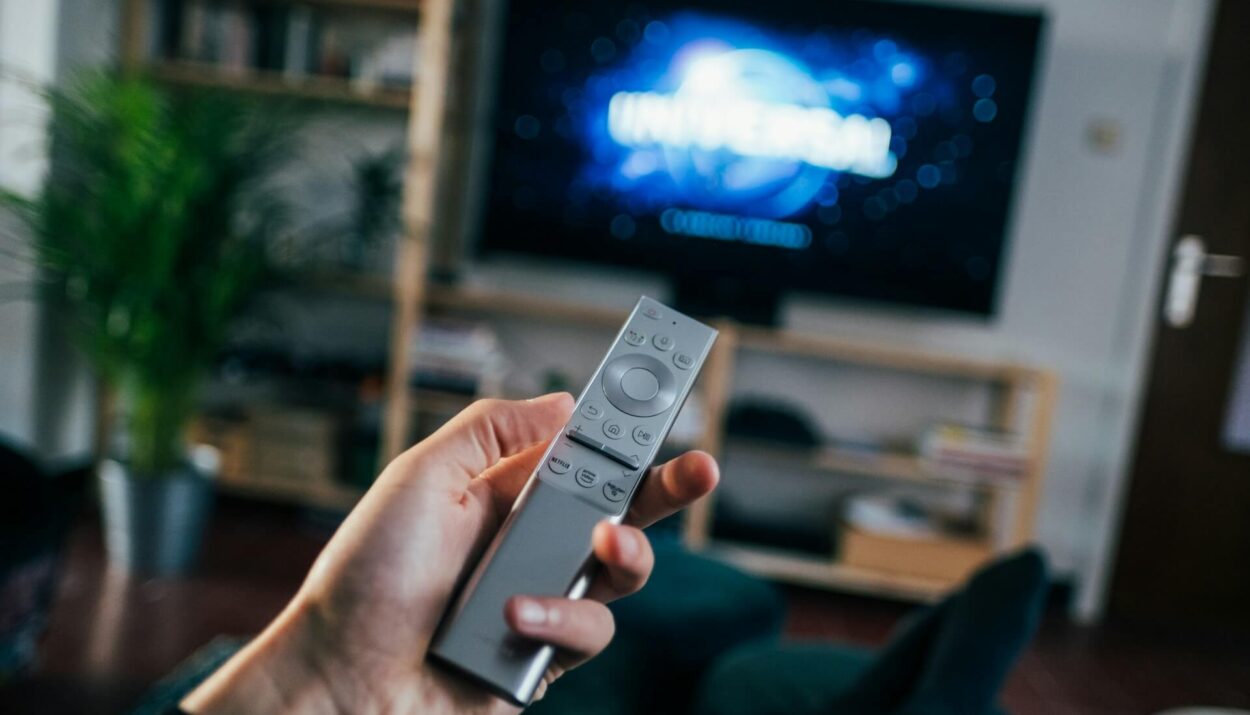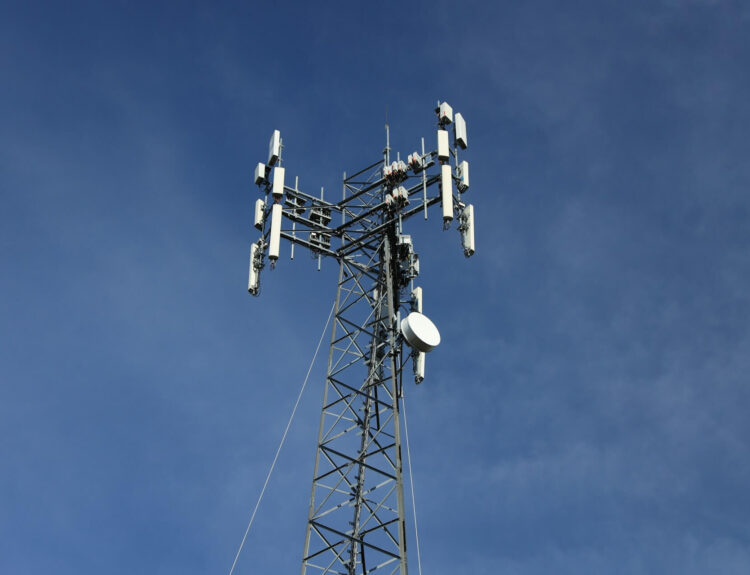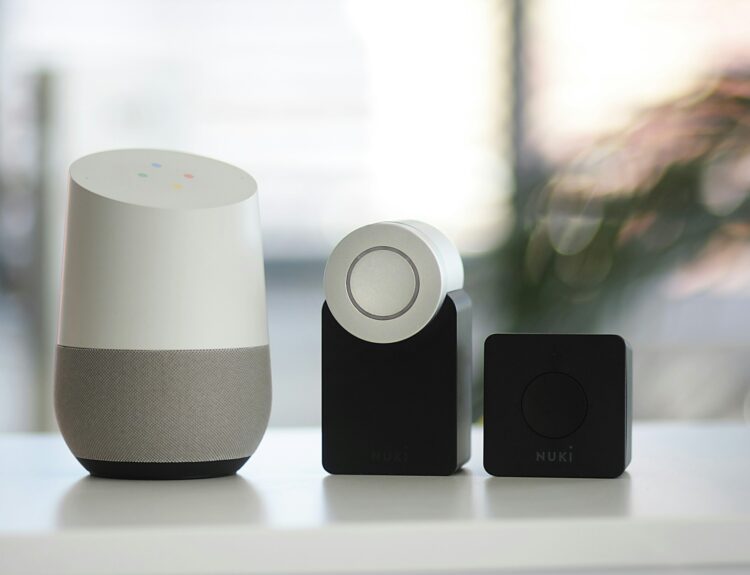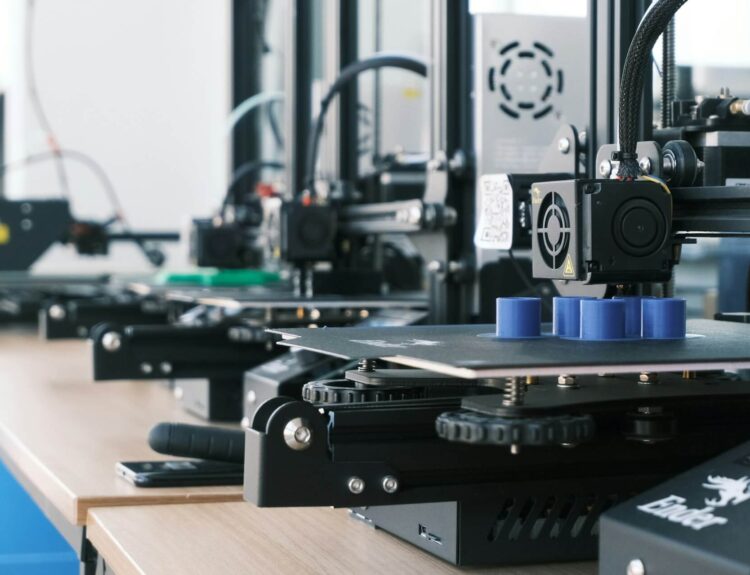In the not-so-distant past, the idea of a home that could be controlled and managed with just the push of a button was the stuff of science fiction. Today, smart home technology has moved from the periphery to the mainstream, transforming the way we live and interact with our domestic spaces.
From environmental controls to security systems, the smart home industry continues to innovate, offering more options and features each year. Here, we’ll take a deep dive into the latest trends and technologies that are driving the evolution of the smart home, and how they’re shaping the future of our living spaces.
The Internet of Things (IoT) & Home Automation
One of the cornerstones of the smart home revolution is the Internet of Things (IoT), a network of physical devices embedded with sensors, software, and other technologies to connect and exchange data with other devices and systems over the Internet.
The central idea is that virtually everything in your home, from the thermostat to your light bulbs, can ‘talk’ to each other and be monitored or controlled remotely via the internet. This interconnected web of devices is the backbone of modern home automation systems, which aim to make our lives more convenient, energy-efficient, and secure.
Voice Control and AI Assistants
The proliferation of voice control devices, such as the Amazon Echo and Google Home, has made it easier than ever to interact with our smart home systems. Users can simply speak commands to adjust the temperature, play music, or turn off the lights, making the smart home experience more natural and accessible for a wider range of people.
Behind the scenes, artificial intelligence (AI) is continually improving these voice assistants’ ability to understand and fulfill more complex requests, learning and adapting to the homeowners’ habits.
Smart Lighting
Smart lighting has undergone significant development, providing homeowners with more nuanced control over their home’s ambiance and energy consumption. LED bulbs that can change color or brightness with a tap on a smartphone are becoming increasingly affordable.
Alongside performance, smart lighting offers additional benefits of built-in motion and daylight sensors, which can automatically adjust to the home’s lighting needs, ensuring that lights are only on when they’re needed.
Energy Management
Smart home technology has a big role to play in energy management and sustainability. Devices that track and adjust energy usage in real time can lead to significant savings on utility bills. Smart thermostats, like the Nest Learning Thermostat, can create schedules that adapt to users’ behaviors and preferences, optimizing heating and cooling systems.
In addition, solar panels and smart energy storage solutions are integrating more seamlessly into the home, allowing homeowners to both generate and manage their power consumption from their smartphones.
Home Security and Monitoring
Today’s smart home security systems are more than just surveillance cameras and motion sensors. They offer robust capabilities for monitoring the home environment, managing locks and entryways remotely, and even alerting law enforcement or emergency services if an alarm is triggered.
The evolution of these systems lies in their ability to communicate with each other, instantly providing a comprehensive picture of any potential security threats and taking automated actions to protect the home, all while keeping the homeowner informed through real-time alerts on their smart devices.
Smart Home Appliances
The modern kitchen is filled with smart appliances that can communicate and collaborate to make cooking and cleaning tasks more convenient. Smart refrigerators can keep track of groceries and suggest recipes based on what’s inside, while smart ovens can be preheated from your phone.
Home automation extends to laundry rooms as well, with washers and dryers that can self-diagnose issues and notify you of the problem or reorder detergent when you’re running low, making household chores simpler and more efficient.
Wellness and Health Monitoring
The intersection of smart home technology with health and wellness is a burgeoning field. Devices like the Apple Watch and Fitbit can interface with smart home systems, adjusting lighting and climate according to the user’s current health data.
Meanwhile, smart beds and mattresses are being designed to track sleep patterns and automatically adjust for optimal comfort and rest. This integrated approach to health and home life has the potential to usher in a new era of personalized well-being.
The Accessibility Revolution
Smart home technology is not only about luxury or convenience; it also has the power to dramatically improve the lives of people with disabilities or age-related conditions. Home automation can create an environment that is more accessible and responsive to the specific needs of the individual.
From voice-controlled devices to smart home systems that can adapt the home’s layout to provide support for those with mobility issues, the smart home is becoming a more inclusive and supportive living space.
DIY vs Professional Installation
With the increasing availability of DIY smart home products, many homeowners are bypassing professional installation services and setting up their systems themselves. This approach can save money and time, but it may not always be the best option for those who are less tech-savvy or who require a more complex integrated system.
Professional installation ensures that all components work together seamlessly and that the system is set up to meet the specific needs of the home and its occupants.
Data Privacy and Security
One of the more controversial aspects of the smart home revolution is the issue of data privacy and security. With so many devices collecting and transmitting data, there are legitimate concerns about how that information is used and who has access to it.
Manufacturers are under pressure to improve security measures and give users greater control over their data. Homeowners must take an active role in managing their smart devices, keeping software up to date, and using strong, unique passwords for each device and service.
The Future of Smart Homes
The smart home industry is still in its infancy, with many new technologies and applications on the horizon. Advances in AI, machine learning, and sensor technology promise to make smart homes even smarter, as they continue to learn and adapt to our needs and preferences.
The next generation of smart home devices may be even more integrated, with a level of automation that we can currently only dream of.
Conclusion
The evolution of smart home technology reflects a broader cultural shift towards a more connected and convenient way of living. By harnessing the power of IoT, AI, and other cutting-edge technologies, smart homes are becoming eco-friendly, safer, more comfortable, and accessible for all.
With ongoing improvements in privacy and security, smart home adoption will likely continue to grow as these technologies become more sophisticated and affordable. Whether you’re a tech enthusiast, a homeowner looking to modernize, or an early adopter, the future of the smart home holds exciting possibilities for everyone.






